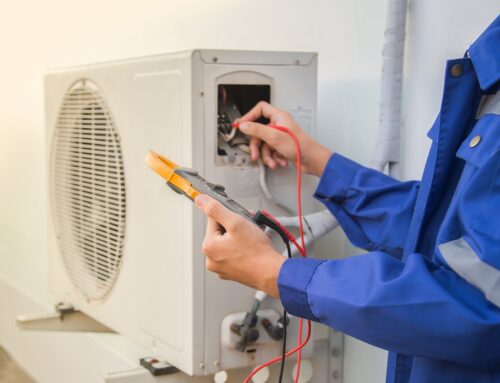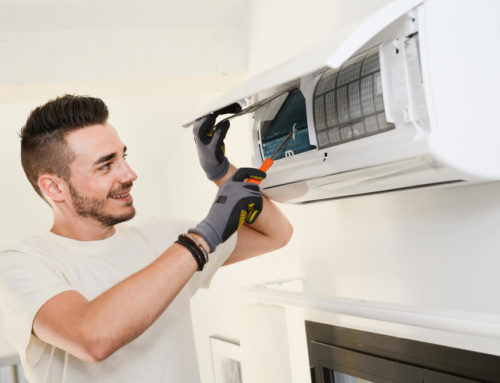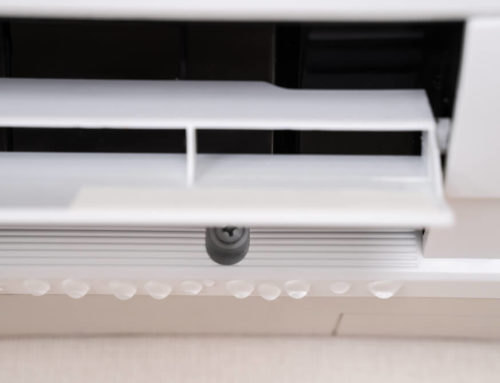Every profession has its occupational hazards. In the HVAC installation industry, a major one is back strain. That’s because your HVAC system outdoor unit is actually incredibly heavy and if you forget the old adage ‘’lift with your legs, not your arms’’ you could end up on your back for a week or two.
This weight can also be a pain for homeowners, but more of a metaphorical headache. In order to support it and keep it level, your outside unit is usually set on a concrete pad. Over time, the weight of the unit will compress the earth under this pad, causing it to sink. A little bit of sinkage is nothing to worry about, but if it sinks so low that water starts collecting around the unit, or it starts tilting to one side, you have a problem.
Your outside unit is connected to the rest of your HVAC system by copper pipes, usually running underground and through the base to the unit. If it sinks too far, or tilts off-center, these pipes can get stretched and, ultimately, broken, leaving you with a metaphorical headache.
How can I fix a sinking air conditioner pad?
This is not that difficult, provided the pad is still in one piece. You’ll need the following:
- Sharp (course) sand.
- A long board, at least 2 inches thick.
- Leveling air conditioner pad
Once you have your materials ready, here’s what to do:
- Work the board slowly under one end of the pad to lift it up. Be careful not to get too enthusiastic and crack the pad, take your time.
- Once the board is in place, raise the pad and pack the sand underneath it to hold it in place. Once the pad is supported by sand, remove the board.
- Repeat the process at the other end of the pad if necessary until the unit is as level as possible.
If you discover that the pad is broken, or if it’s sunk too far, you’ll have to have it replaced. Here’s what to do.
- Call a qualified heating technician to disconnect the unit for you.
- Once it has been disconnected, lift it off the pad (remember, lift with your legs, not your arms).
- Break up and remove the pad and replace it with a new one. A plastic pad is your best option. They are more expensive to buy than concrete ones, but they last much longer, they won’t crack, and they are also much less likely to become unstable and sink.
- Once you have your new pad is in position, all you need to do is replace the air conditioning condenser unit on top of it and have it reconnected.
As you can see, dealing with a sinking air conditioning pad is not that difficult, especially if it’s done before the problem develops into something bigger, and if you think you need a qualified technician to assist, give us a call here at Chills Air Conditioning!





